187 9245 6795
Email: mh_elec@126.com or jacky@mh-elec.com
1. the image colors of night vision device
A. Green Phosphor:
Intensifier tubes generally come in 2 different varieties, Green and White. Hollywood movies, video games and pop culture usually imagine something similar to a black and white image converted into shades of green. Green phosphor tubes are available in Gen 2 and Gen 3 versions. While the market favors white phosphorous tubes because it offers a bit better contrast, high performance green tubes still provide high quality at a better price than white.
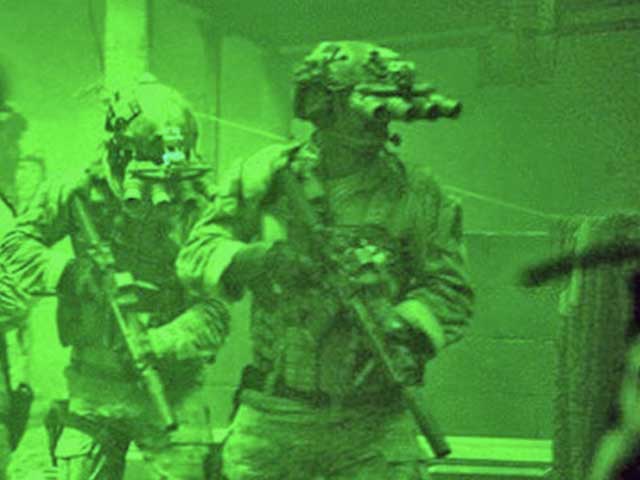
B. White Phosphor:
White Phosphor technology changes the traditional green-scale view of night vision and makes it into more of a gray/blue scale instead. White phosphorous tubes are more desirable than green and are commensurately more expensive. Generally, white phosphor tubes are coveted for their better contrast, which may reduce eye strain. That said, white vs. green is definitely not the only factor to consider.
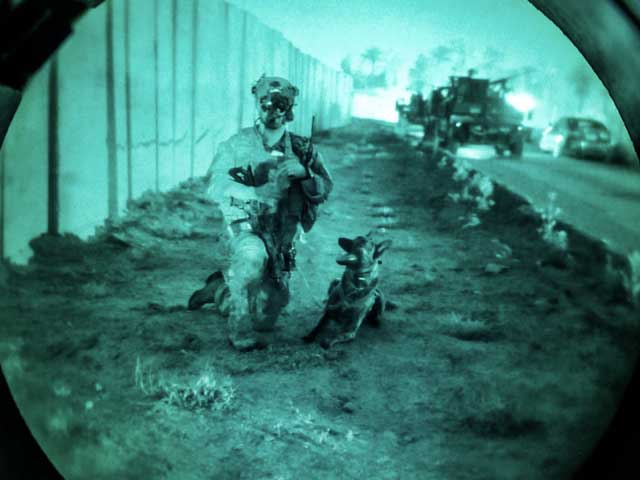
2. the generation of image intensifier tubes:
A. Gen 4 image intensifier tubes(USA has this level ):
There is some disagreement in the industry about what constitutes gen 4 technology. Some outlets claim that devices advertised as “Gen 4” are better described as Gen 3+. On the other hand, it’s obvious that development of improved night vision devices continues in secret by contractors around the world. So, hopefully this technology begins to find its way into civilian hands as a true Gen 4.
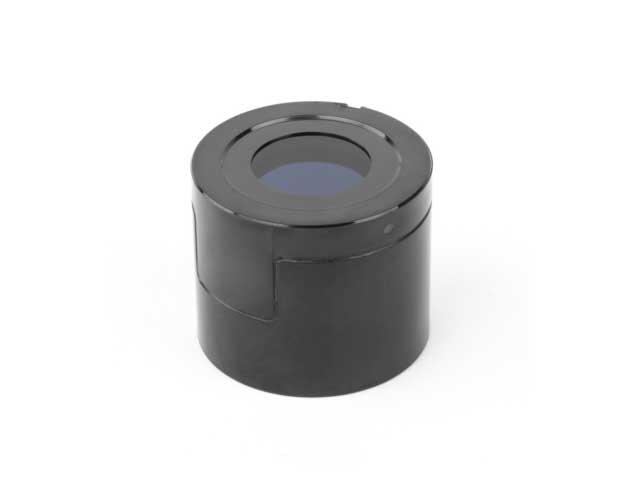
B. Gen 3 image intensifier tubes(France,Russa and China):
These tubes were introduced in the 1990’s and became common in the 2000’s. Gen 3 tubes offer high definition clarity along with improved light amplification over Gen 2. That said, Gen 2 tubes are still in use in some law enforcement applications. Because of this, Gen 3 is considered top-of-the-line hardware. Light amplification is estimated at 30,000-50,000x.
Gen 3+ units take the best of Gen 3 technology and combine it with “filmless” designs that allow even better performance in extremely low light conditions.

C. Gen 2 image intensifer tubes:
These units were invented in the 1970’s and became common in the 1980’s and 90’s. Gen 2 are considered the minimum viable product for NVG. Gen 2 devices allow the user to see at night with only starlight or moonlight and don’t require active illumination. Image quality is good enough to allow for head-mounted use for walking around and completing tasks in the dark. On very dark nights with heavy clouds and no moon, it may still be hard to see details. Light amplification is estimated at 20,000x.
Gen 2+ units use the same construction technology as normal Gen 2, but have enhanced features to improve light amplification and better clarity.
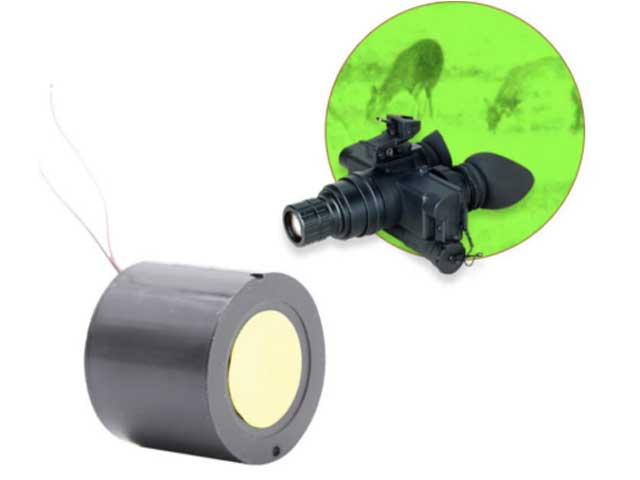
D. Gen 1 image intensifier tube:
Gen 1 was developed in the 1960’s and was employed in the Vietnam War. Scopes like the Starlight Scope. Gen 1 devices were heavy, bulky and still required a lot of ambient light to function. Light amplification is around 1000x.
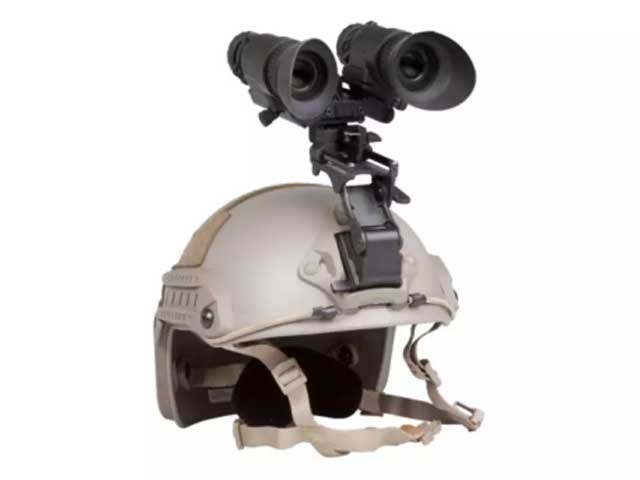
E. Gen 0 image intensifer tubes:
Gen 0 is very old tech that dates back to 1929, and saw service in the 2nd World War. Gen 0 requires A LOT of IR illumination and has very low resolution and image quality. It required huge IR spotlights and batteries weighing 30 lbs to function. IR illumination means anyone else with night vision can easily see you. At this point, digital night vision is better than GEN 0
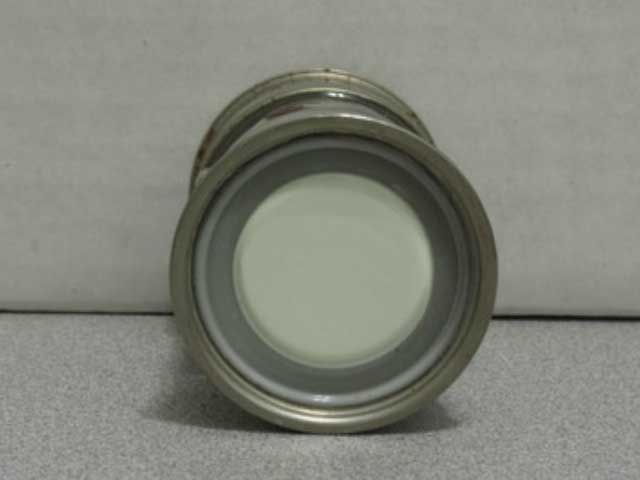
We have our own production line to produce Gen 2 and Gen 2+ night vision image intensifier tubes to replace Gen 0 6914 INFRARED SNIPERSCOPE RCA IR IMAGE CONVERTER NIGHTVISION TUBE
3.other important factor
A. Figure Of Merit (FOM):
FOM is a number used to judge the quality of the image. FOM is calculated by multiplying signal to noise ratio by the resolution. Higher FOM means that the image will be brighter and more clear, with less distortion. Better FOM means the device will perform better in low light conditions.
B. Blemishes:
“Blems” are flaws in the image quality. They will show up as dark spots in the field of view. Better quality devices will have few if any blems. Blemishes are judged by their prominence and where they are. A large blem near the center of vision is much worse than a small blem on the periphery. Cheap NVG may well have noticeable blems, but if the price is right, some users may be willing to tolerate a few minor blems for a better deal.
C.Autogate:
Autogated tubes have the ability to rapidly switch on and off the power supply to the intensifier tube. This feature can help protect the tubes from very bright light exposure. This is not to be confused with automatic brightness adjustment. While autogating offers some increased durability, full sunlight can still damage these units.
D.IR Lasers & Illuminators
Since NVG still need a tiny amount of ambient light to function, they are often used in conjunction with IR (infrared) lasers and illuminators. These IR devices help with aiming firearms and increasing the ambient light without alerting others. However, the problem with using IR illuminators/lasers is that anyone else with NODS will also see an intensely bright light. In general, better intensifier tubes will need less ambient light to function and will be less reliant on active IR illumination.
Engineer Manager Name: Jacky
WhatsApp/ Wechat: 0086-187 9245 6795
Email: mh_elec@126.com or jacky@mh-elec.com
 tel
tel






